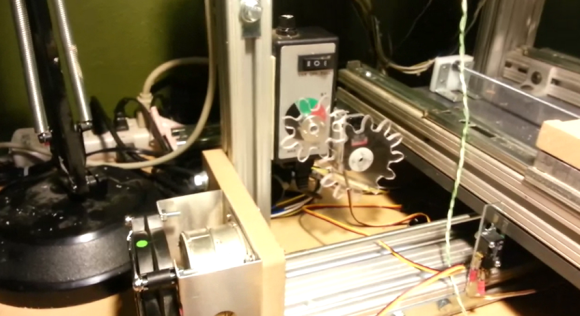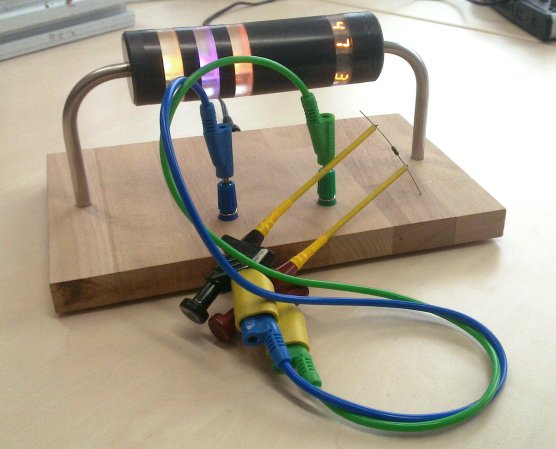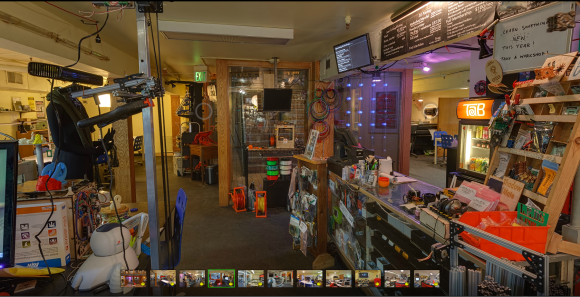
Inspired by the maddening timepiece from Discworld, this clock keeps time, but anyone watching the seconds tick by may be mentally unstable for it. [Renaud Schleck] built the stuttering clock using very few components. He undertook the build after being inspired by the version which [Simon Inns] built.
The clock itself is a run-of-the-mill item which uses one battery to keep time. We’re always impressed by how these dirt-cheap things remain so accurate over the long haul — but we digress. The method of attack uses coil injection to drive the hands. [Renaud] used one of the microcontrollers from the MSP430 Launchpad, along with the clock crystal which also shipped with the kit, to gain control of the mechanism. The crystal triggers an interrupt which does the actual time-keeping. The seconds hand is driven rather sporadically based on an algorithm explained in his write-up.
You can watch the uneven ticking in the video after the break. Despite that visually disturbing functionality, the short and long ticks balance each other and the correct time continues to be displayed.

















